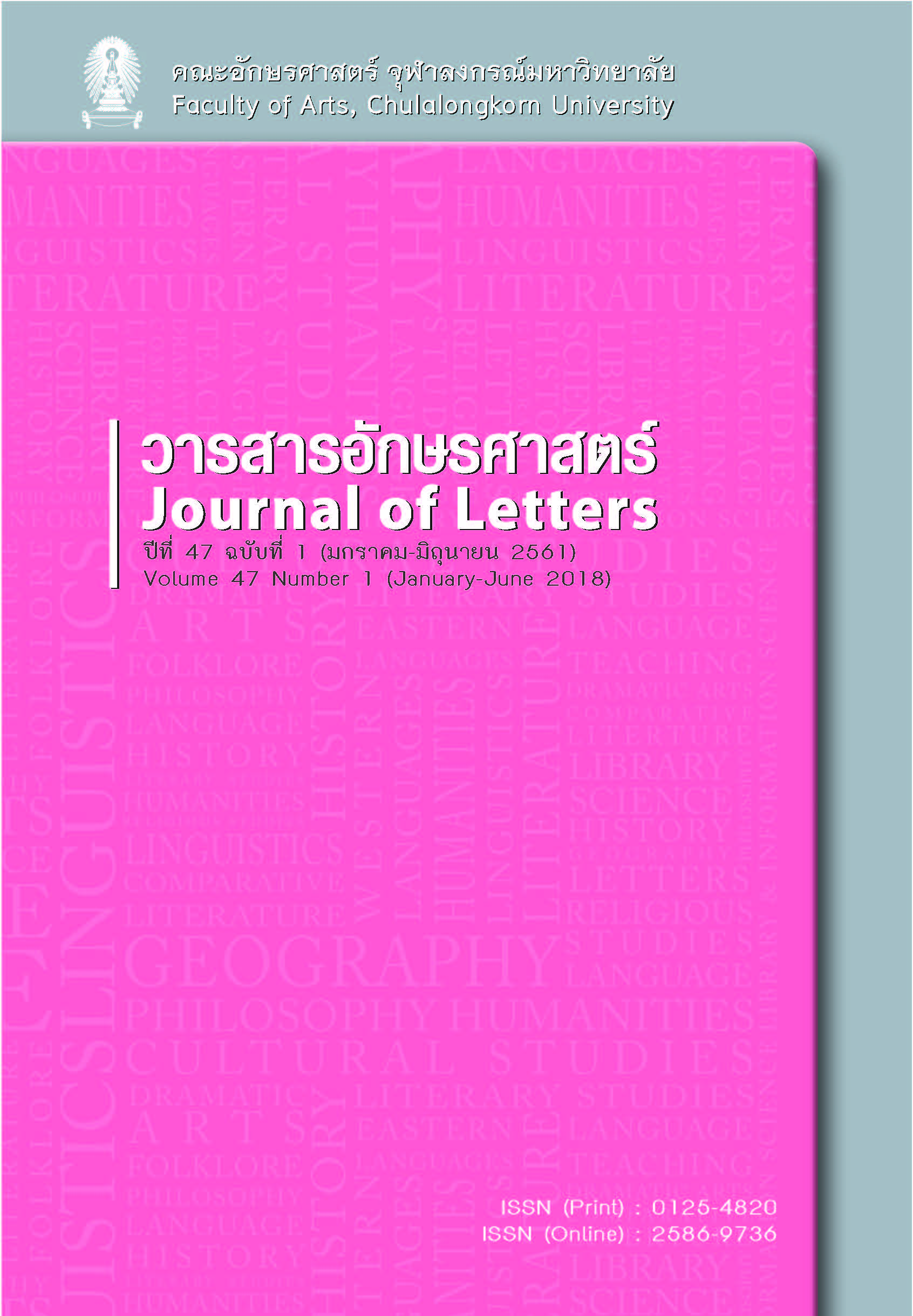In Between the Dark and the Light: Autistic Identities in Elizabeth Moon’s The Speed of Dark
Keywords:
autistic identity, autism novel, paradigms of disability, disability rightsAbstract
This research article is aimed at giving an analysis of autistic identity negotiations in the novel The Speed of Dark (2003) by contemporary American author Elizabeth Moon. On one hand, this novel presents mainstream significations of autism that are influenced by the medical paradigm of disability, which views autism as a disorder that needs to be treated. On the other hand, it offers an alternative way of giving meanings to autism according to the cultural paradigm of disability, which regards autism as a form of cultural identity in a multicultural society. This article presents an analysis of the thoughts of the protagonist Lou Arrendale, a young autistic man, and his interactions with other characters surrounding him, which reveal the processes of negotiating between these two competing lines of signification. This article argues that although the novel shows the influence of the medical paradigm of disability on the protagonist, who decides to undergo treatment to cure himself of autism toward the end of the story, throughout, it emphatically critiques the mainstream concept of the normative self and other medical discourses, which are fraught with biases against autism, and affirms the existence of autism as a cultural identity in a culturally diverse society.
References
American Psychiatric Association. (Ed.). 2013. Diagnostic and Statistical Manual of Mental Disorders (5th ed.). American Psychiatric Publishing.
Arndt, K., & Van Beuren, M. 2013. The Speed of Dark and This Alien Shore: Representations of Cognitive Difference. Journal of Literary & Cultural Disability Studies 7(1): 89–104.
Couser, G. Thomas. 2001. Conflicting Paradigms: The Rhetorics of Disability Memoir. In Embodied Rhetorics: Disability in Language and Culture, eds. James C. Wilson and Cynthia Lewiecki-Wilson, 78-91. Carbondale and Edwardsvilles: Southern Illinois UP.
Couser, G. Thomas. 2005. Paradigms’ Cost: Representing Vulnerable Subjects. Literature and Medicine 24(1) (Spring): 19-30.
Hacking, Ian. 2010. Autism Fiction: A Mirror of an Internet Decade? University of Toronto Quarterly 79(2) (Spring 2010): 632-55.
---. 2009. How We Have Been Learning to Talk about Autism: A Role for Stories. Metaphilosophy 40(3–4) (July): 500-16.
Jaarsma, P., & Welin, S. 2011. Autism as a Natural Human Variation: Reflections on the Claims of the Neurodiversityy Movement. Health Care Analysis. 20(1) (February): 20–30.
Linton, Simi. 1998. Claiming Disability: Knowledge and Identity. New York: New York UP.
Makai, Peter Kristof. 2015. “Bridging the Empathy Gap: Representing Neurological Difference in Contemporary Autism Novels.” Doctoral dissertation, University of Szeged, Hungary.
Moon, Elizabeth. 2003. The Speed of Dark. New York: Ballentines Books.
Murray, Stuart. 2008. Representing Autism: Culture, Narrative, Fascination. Liverpool: Liverpool UP.
Siebers, Tobin. 2008. Disability Theory. Ann Arbor: U of Michigan P.
Snyder, S. L., & Mitchell, D. T. 2006. Cultural Locations of Disability. Chicago: U of Chicago P.
Straus, Joseph N. 2010. Autism as Culture. In The Disability Studies Reader, ed. Lenard J. Davis, 535-59. (3rd ed.). New York: Routledge.
ออนไลน์
The National Autistic Society. 2017. Sensory Differences http://www.autism.org.uk/sensory
National Symposium on Neurodiversity at Syracuse University. 2011. What is Neurodiversity? https://neurodiversitysymposium.wordpress.com/what-is-eurodiversity/
Downloads
Published
How to Cite
Issue
Section
License
Copyright and plagiarism
Authors are responsible for obtaining permission to use copyrighted materials from copyright owners. Authors are responsible for observing requisite copyright law when quoting or reproducing copyrighted materials. Quotations and reproductions of content from other published sources must be accompanied by a reference and all sources should be clearly listed in the references section. Quotations and reproductions of content from external sources without due attribution could be considered a severe infringement of academic conduct and may constitute a legal offence under the Copyright Act of B.E. 2537. Any legal ramifications arising from the infringement of copyright regulations would be the sole responsibility of the author(s).



